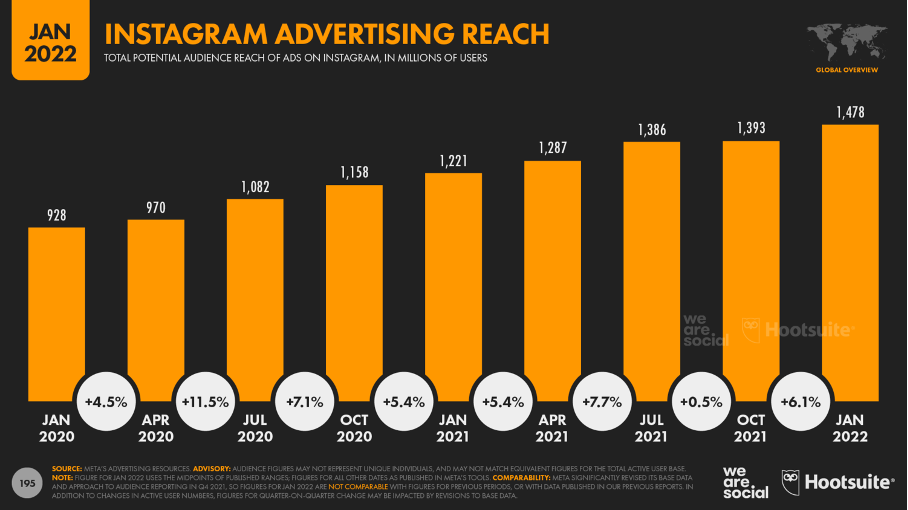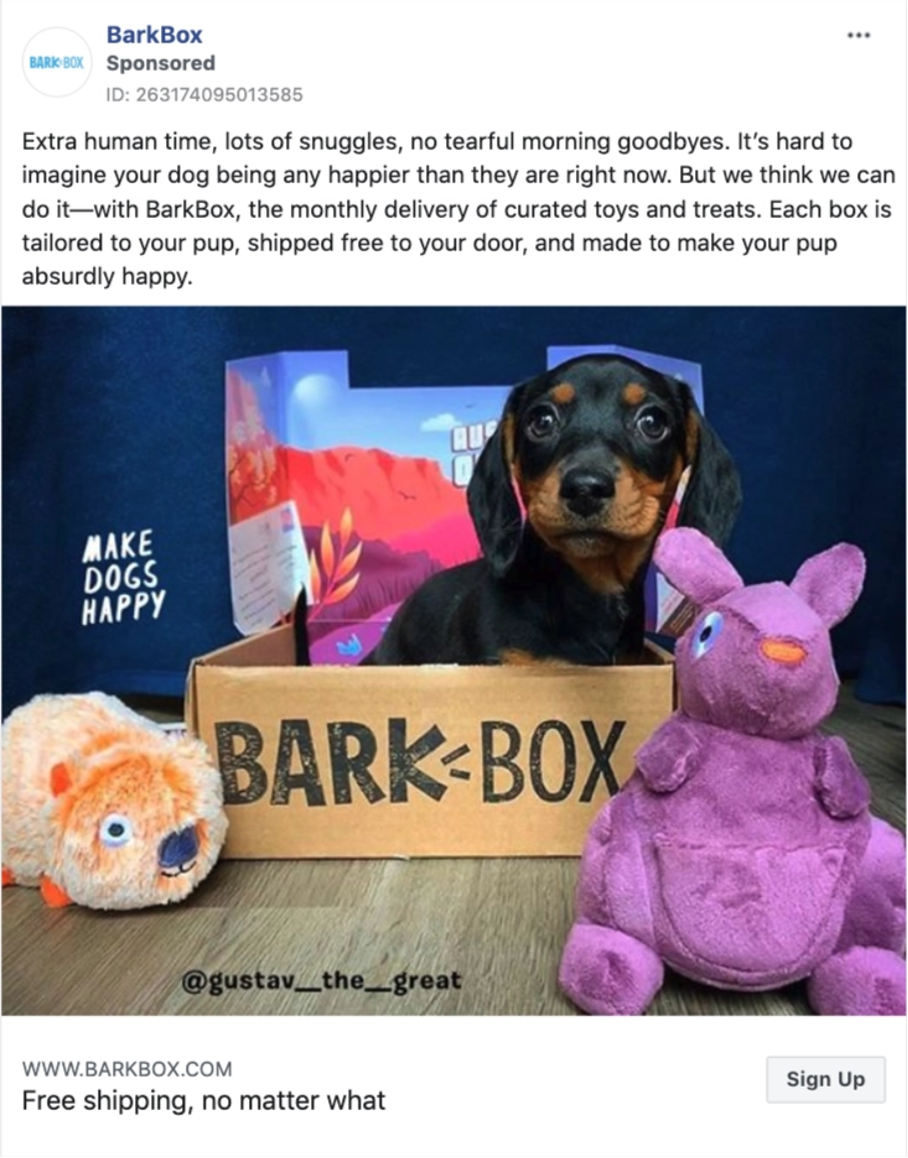The ecommerce sector is buzzing and growing exponentially!
If you own an ecommerce business, you’ll have to manage website optimization, order fulfillment, content marketing, vendor management, invest in the right eCommerce platform software and hiring the right people—not an easy task…
It’s also crucial to gain new customers and drive online sales from the right channels, whether you’re a small business or a well-established ecommerce store. That’s where ecommerce advertising comes into play—it’s the best way to target your audiences and convert them into customers!
Ecommerce advertising: What is it?
Using ecommerce advertising, you place paid content online or offline and target new prospects or retarget those who have already shown interest.
Websites, search engines, social media networks, podcasts, newsletters, and other interactive online spaces (like chat rooms) are examples of online properties.
The offline media includes more traditional advertising methods like TV spots, radio commercials, billboards, direct mail campaigns, etc.
Online advertising strategies for your ecommerce business
Before you begin online advertising, you should determine your campaign’s objective.
Whether you want to drive more sales, boost your brand’s recognition and awareness, or increase traffic to your online store, focusing on the results you want will help you choose the right advertising strategy.
Below, you’ll find an overview of different types of online advertising channels, arranged in order from high intent (customers who are actively searching for products) to low intent (customers who passively browse online).
1. Google Ads
Google Ads is an excellent way to reach customers when they’re looking for the products you offer.
This is also called pay-per-click (PPC) or search engine marketing (SEM). This PPC model was popularized by Google, which entails paying only when someone clicks on an ad to visit your online store.
A text ad is typically shown at the top of the organic results, above the paid listings.
Here’s an example from Apple:

Points to consider when writing your Google Ads:
- Remember to clearly list benefits
- Display a low monthly price or attractive deal
- Take advantage of call-to-action extensions
2. Google’s product ads & shopping campaigns
Product Ads are similar to standard Google Ads: they appear when a user enters a specific keyword, and you’ll only be charged when your ad is clicked. Google Product Ads, however, are more visually appealing since they contain more than just text.
Google Shopping Ads can display inventory from an ecommerce store when users are searching for something on Google. The advantage here is that you can include a picture of the product, a title, the price, reviews, and more.
Google Performance Max campaigns are worth mentioning here as they are the latest upgrade of smart shopping campaigns, that enable even more dynamic advertisements.
3. Display advertisement
Display ads (also called banner ads) are one of the oldest forms of online advertising. Over the years, ad networks have significantly enhanced their capabilities by dynamically targeting users based on their interests, demographics, and location.
In terms of growing brand awareness, display ads are very effective.
For instance, if you manage an active lifestyle brand that sells workout gear, you could advertise on fitness-related blogs and websites. This way, you’ll be targeting people with an interest in fitness-related topics.
What you do is, you create branding with a logo generator and business name generator, then use another tool to spread the branded message.
In display advertising, advertisers typically bill per thousand impressions, which is called cost per mille (CPM). They usually use a CPM calculator to estimate the potential cost of a campaign or the revenue they can generate from displaying ads. In general, CPM costs have increased significantly in the last few years, but prices still vary depending on ad placements and targeting strategies.
A tool where you can create professional display ads in minutes is Creatopy, an AI-driven platform where you can easily customize, automate, and scale up your ad production and delivery.
4. Social media advertising
Today, having a presence on social media platforms like Facebook, Pinterest, Instagram, TikTok, and wherever your audience hangs out is an absolute must.
It lets people know you’re in business, builds trust, and often determines whether they’ll even visit your online store!
According to Techjury, people spend 2 hours and 33 minutes per day on social media. It’s an integral part of every smart ecommerce marketing strategy in today’s market, especially since you can now fulfill orders by TikTok and other social media platforms—ecommerce marketers who don’t leverage this cost-effective marketing tool miss out on a tremendous opportunity.
You’ll want to join these ecommerce businesses reaping the benefits of implementing a social media marketing strategy, like:
- Increased brand awareness
- More inbound traffic
- Improved search engine rankings
The Facebook Ads Manager interface enables you to manage all your Facebook and Instagram ads together, since Facebook owns Instagram.

The first step to ecommerce marketing for Instagram is to identify your target audience. Then, you can use Instagram’s powerful features to discover more about your audience’s demographics, interests, and behaviors.
Instagram ads are one of the best advertising strategies for brands.
They enable you to reach thousands of engaged potential customers, and you’ll be able to target users without interfering with their web browsing since they’re identical to the regular posts shared on Instagram by users.
5. Consider retargeting
You’ve driven brand awareness with your display ads and social ads, and you’ve increased traffic and generated sales with your Google text and shopping ads. So… what’s next?
You can use retargeting ad campaigns to show ads to people who have previously engaged with one of your ads or visited your ecommerce store.
Retargeting works by reminding visitors about your products or services. Customers who visit specific pages of your ecommerce website can be retargeted with highly relevant visual and text ads on other websites. This type of advertising relies on engagement-based targeting.
Remember: you initially paid for some of the traffic to your ecommerce store, but not everyone who visited your site ended up converting—which means you lost part of that investment. You can use retargeting to recover some of those lost conversions!
Using retargeting effectively means getting people to click on the ads themselves or access your site through a search engine.
Google and Facebook are two of the most common ad networks that offer retargeting.
Real-life examples of the best ecommerce advertising strategies
1. Barkbox: Using quality services to earn personal data
The Barkbox monthly subscription service offers its subscribers treats, toys, and chew toys for their fluffy friends. It’s a well-executed idea, and Barkbox’s marketing is top notch.
The ecommerce business’ social media campaigns grab attention, and they successfully personalize at scale.
For a service like Barkbox, customizing products is essential because dogs, like humans, are individuals. There are 120,000 different breeds and sizes… and that’s before allergies and temperaments are taken into consideration!
That diversity makes it difficult to ship the right product to the right dog—like an extraordinarily durable chew toy for an aggressive puppy, for example.
BARK introduced its “No Dog Left Behind” program, which reaches out to customers to gather and verify essential information about them and their pets.
According to BARK, this program regularly engages up to one-third of its customers, collecting valuable data to help them address their customers’ individual needs. By doing this, BARK can develop and deliver higher-quality chew toys, snacks with unique ingredients, and much more.

2. Frank Body: Engage your audience with user-generated content
Frank Body launched as a skincare startup with a bold, flirty personality. Founded by five friends with just $5000 in capital, Frank Body used a smart UGC strategy to quickly build a loyal following.
The company’s success can be attributed to many things, including its distinct brand identity, the “dirty and flirty” aesthetic, and its commitment to cruelty-free ingredients. But the most important takeaway is that using word-of-mouth to drive reach on social media can be a game-changer in your ecommerce marketing strategy.
Here’s how Frank Body did it: they wanted to take advantage of social media’s viral appeal, so they contacted influencers, makeup artists, and beauty bloggers, asking them to take fun photos using their “dirty” coffee scrubs.
Then, Frank Body began holding monthly contests with rewards for ambassadors who posted pictures using official hashtags, and the campaign exploded.
By engaging with customers in exciting ways, Frank Body was able to collect and reshare 100,000+ user-generated posts on its official channels. This proves that brands should never underestimate the power of an engaged audience.

Recap
You may be tempted to kick-start your ecommerce marketing strategy into high gear right from the get-go, but it’s crucial to be intentional and develop a clear roadmap to guide you.
As you embark on your ecommerce advertising journey, we hope these insights help you increase reach, grow brand awareness, and boost conversions. Consider portraying your brand’s personality in your ecommerce ads to spark interest, and use targeting to reach a variety of buyer personas and increase online sales.
Good luck!
Share this
Written by

Hiba
As a content writer, Hiba has extensive experience writing articles, blogs, sports content, and social media campaigns. She has a keen interest in traveling, reading, and photography.












